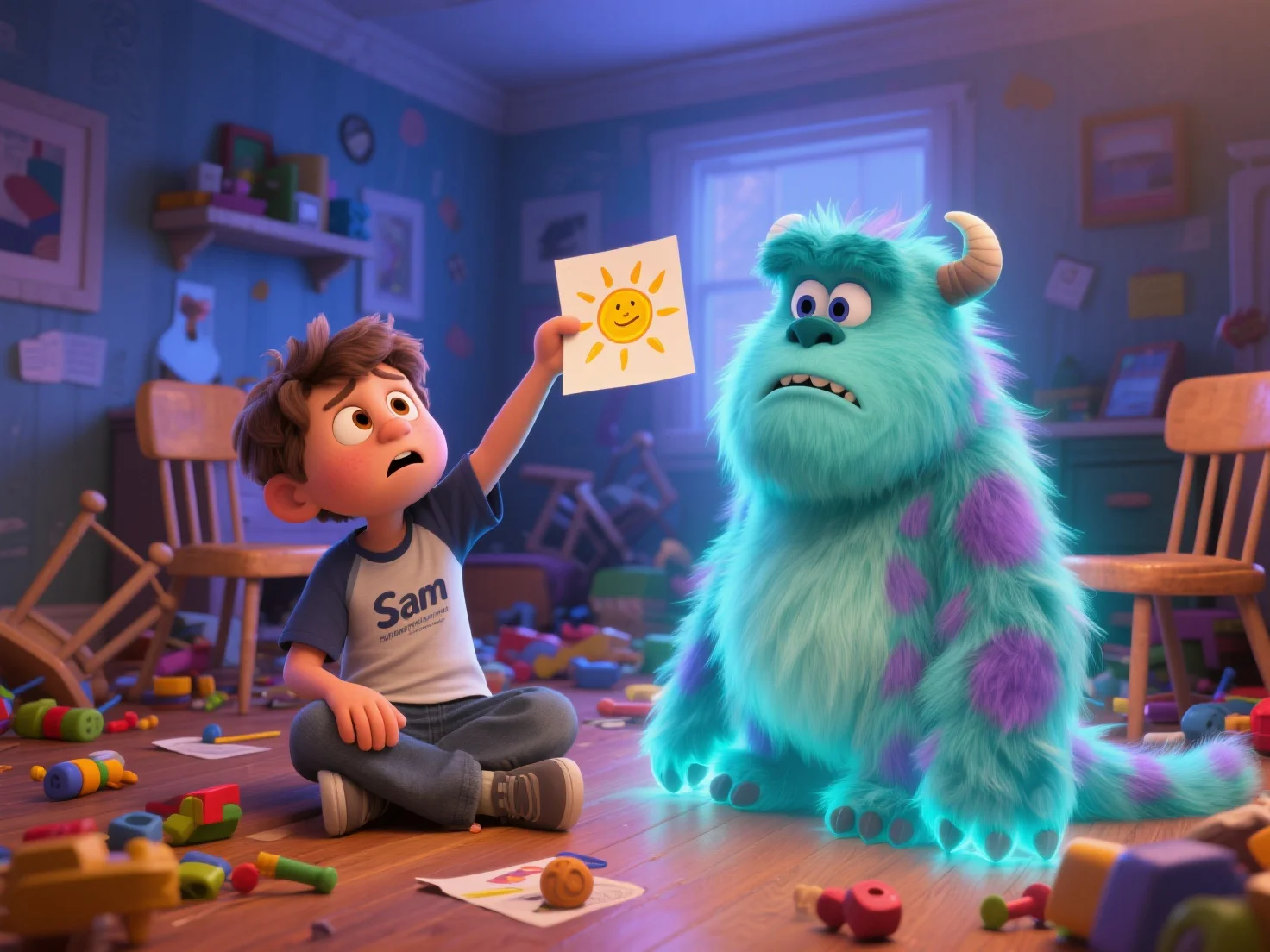Read Aloud Stories for Kindergarten Kids
Discover our collection of engaging read aloud stories for kindergarten - specially designed for interactive reading sessions. Perfect for teachers, parents, and caregivers who want to make story time educational and fun.
Interactive Reading
Stories designed for engaging read-aloud sessions
Perfect for Groups
Ideal for classroom and family reading time
Educational Value
Stories that teach while entertaining
Why Read Aloud Stories Are Essential for Kindergarten
Learning Benefits
- • Develop listening skills and attention span
- • Improve vocabulary and language comprehension
- • Enhance imagination and creativity
- • Build emotional intelligence through character connections
- • Foster love for reading and storytelling
Social Benefits
- • Create shared experiences and memories
- • Encourage group discussion and participation
- • Build classroom community and bonding
- • Develop turn-taking and listening skills
- • Support diverse learning styles and needs
Our Best Read Aloud Stories for Kindergarten
What Makes Great Read Aloud Stories for Kindergarten
Clear Dialogue
Easy to read with distinct voices
Interactive Elements
Opportunities for participation
Perfect Length
Ideal for kindergarten attention spans
Engaging Themes
Topics that captivate young minds
Expert Reading Techniques for Kindergarten Stories
Voice and Expression Techniques
Character Voices: When reading read aloud stories for kindergarten, use different voices for each character to help children distinguish between speakers and stay engaged.
Dramatic Pauses: Use strategic pauses to build suspense, allow processing time, and create opportunities for children to predict what happens next.
Volume Variation: Adjust your volume to match the story's mood - whisper for secrets, speak loudly for excitement, creating an immersive experience.
Pacing Control: Read slowly enough for comprehension but fast enough to maintain interest, adjusting based on children's responses.
Engagement Strategies
Predictive Questions: Ask "What do you think will happen next?" during read aloud stories for kindergarten to encourage active listening and critical thinking.
Sound Effects: Encourage children to make animal sounds, weather noises, or other story-related sounds to increase participation.
Movement Integration: Incorporate simple gestures, clapping, or movements that relate to the story action.
Repetitive Phrases: Invite children to join in with repeated phrases or refrains, making them co-storytellers.
Age-Appropriate Guidelines for Read Aloud Stories
Ages 4-5: Pre-K to Early Kindergarten
- • Simple plots with clear beginning, middle, and end
- • Familiar themes like family, animals, and daily routines
- • Repetitive text and predictable patterns
- • 5-10 minute reading sessions
- • Large, colorful illustrations to support comprehension
Ages 5-6: Kindergarten
- • More complex storylines with multiple characters
- • Introduction to problem-solving and conflict resolution
- • Stories that teach academic concepts (numbers, letters, science)
- • 10-15 minute reading sessions
- • Opportunities for discussion and questions
Ages 6-7: Advanced Kindergarten
- • Chapter books or longer stories read in segments
- • More sophisticated themes and moral lessons
- • Stories that encourage critical thinking
- • 15-20 minute reading sessions
- • Integration with writing and art activities
Benefits of Read Aloud Stories in Different Settings
In the Classroom
Academic Integration
Read aloud stories for kindergarten can be integrated with math, science, and social studies lessons.
Community Building
Shared reading experiences help create a positive classroom culture and sense of belonging.
Routine Establishment
Regular story time helps establish daily routines and transitions between activities.
At Home
Family Bonding
Reading aloud creates special bonding moments and shared memories between family members.
Language Development
Hearing stories read aloud exposes children to rich vocabulary and language patterns.
Reading Motivation
Positive read-aloud experiences motivate children to become independent readers.
Interactive Activities for Read Aloud Stories
During Reading Activities
- • Picture Walks: Preview illustrations before reading to build anticipation and vocabulary
- • Prediction Stops: Pause at key moments to ask children what they think will happen next
- • Sound Participation: Encourage children to make story-related sounds and noises
- • Emotion Identification: Ask children to identify how characters are feeling and why
- • Vocabulary Exploration: Pause to explain or act out new words as they appear
After Reading Activities
- • Story Retelling: Have children retell the story in their own words
- • Character Discussion: Talk about favorite characters and their actions
- • Art Extensions: Draw scenes or characters from the story
- • Real-Life Connections: Discuss how the story relates to children's experiences
- • Alternative Endings: Encourage children to imagine different story endings
Frequently Asked Questions About Read Aloud Stories for Kindergarten
How long should read aloud sessions be for kindergarten children?
Read aloud stories for kindergarten sessions should typically last 10-20 minutes, depending on the children's attention spans and the story length. Start with shorter sessions and gradually increase the duration as children's listening skills develop. It's better to have an engaged 10-minute session than a restless 20-minute one.
What should I do if children get restless during story time?
If children become restless during read aloud stories for kindergarten, try incorporating more movement and interaction. Use different voices, ask prediction questions, or invite children to make sound effects. You can also pause for a quick stretch or movement break before continuing. Sometimes shortening the session or choosing a more engaging story is the best solution.
How can I choose the best stories for read aloud sessions?
The best read aloud stories for kindergarten have engaging plots, relatable characters, and opportunities for interaction. Look for stories with repetitive phrases children can join in with, clear illustrations, and themes that connect to children's experiences. Consider the group's interests, attention span, and any learning objectives you want to address.
Should I always finish a story in one session?
Not necessarily! For longer read aloud stories for kindergarten, it's perfectly fine to read in segments over multiple sessions. This can actually build anticipation and give children something to look forward to. Create natural stopping points and end with a cliffhanger question like "What do you think will happen tomorrow?"
How can I involve shy or reluctant participants?
For shy children during read aloud stories for kindergarten, start with non-verbal participation like clapping or simple gestures. Offer choices rather than direct questions ("Should the character go left or right?"). Use small group settings when possible, and never force participation. Often, shy children are actively listening even when they're not visibly participating.
Expert Tips for Reading Aloud to Kindergarten Children
Preparation Techniques
- • Practice reading the story aloud beforehand to identify challenging words or concepts
- • Plan where to pause for questions or discussions during the story
- • Prepare simple props or visual aids to enhance understanding
- • Consider the seating arrangement to ensure all children can see and hear
- • Have backup activities ready in case the story ends earlier than expected
Delivery Best Practices
- • Maintain eye contact with the audience while reading when possible
- • Use facial expressions and body language to convey emotions and actions
- • Adjust your reading pace based on children's comprehension and engagement
- • Be flexible and responsive to children's reactions and questions
- • Create a special signal or routine to indicate story time is beginning


